
Balakan as an administrative unit was settled in 1930, abolished in 1963 and consigned to Zagatala region, it became an independent region in 1965.

RELIEF: Balakan region located in the southern slopes of Great Caucasus ridge, Ganikh – Haftaran valley was established in 1930. The region was abolished in 1963 and included to Zagatala region and later gained the status of an independent district in 1965. The relief of the region composed of mountainous landscape in North and North – East and plains in the South and South – West. There are Guton and Tinov – Rosso peaks in the watersheds of Great Caucasus ridge.
GEOLOGICAL STRUCTURE: The sediments of Anthropogenic system are especially distributed in plains. Moreover, the sediments of Jurassic and Cretaceous periods were found in mountainous areas.

RIVERS AND WATER BASINS: The main rivers are: Balakan, Mazim, Khatekh and Ganikh.
LANDSCAPES AND BIODIVERSITY: The climate is temperate and semitemperate in plains and foothills. The climate of the high mountainous areas is usually and wet. The larger portion of Zagatala reserve is in Balakan. Iberian oak dominates in lower mountain forest zone (1000-1100). Oriental beech (Fagus orientalis) and Caucasian hornbeam (Carpinus Caucasia) forests commands in middle mountain-forest zone (1100-1800 m). East oak (Quercus macranthera), trautvetter birch (Acer trautvetteri) and a birch (Betula sp.) are mixed forests that monopolize in upper mountain forest zone (1800-2200 m).

Unique plants as yellow rhododendron (Rhododendren luteum), Cherry laurel (Laurocerasus officinalis), Caucasian whortleberry (Vaccinium arctostaphylos), common yew
( Taxus baccata), velvet maple ( Acer velutinum) and shuttlecock fern (Matteuccia struthiopteris) are spread in the area. Birch forests are found on the upper border of forests. Subalpine bushes are represented by rhododendron, juniper, and brushwoods of rowan.

Subalpine group plants are mainly distributed in subalpine meadow zone (2000-2600 m). Alpine meadows cover 2000 -3000 m altitude. The background of meadow composed of wheat plants: nard grass ( Nardus stricta), sheep’s fescue (Festuca ovina), Alpine Meadow-Gras ( Poa Alpina) and ishigotu (Luzula pseudosudetica), chamomile (Chamaemelum), suckling clover (Trifolium dubium) and wet meadow (Carex tristis). Alpine mats are distributed in the form of spots and have relatively simple and florastic composition: alpine-lady’s -mantle (Alchenilla Alpina), bellflower (Campanula tridentate), alpine timothy (Phleum alpinum), colpodium (Colpodium Versicolor) and sandwort (Minuartia aizoides). Rock and moss, lichen, mushrooms and mountain-tundra plants are usual for subnival ares, (3000-3600 m).
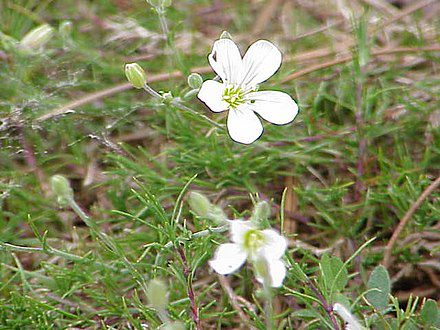

FAUNA: Softmouth trout (salmo trutto fario). South-crested-newt (triturus karelinii), Caucasian-parsleyfrog (bufo verrucosissumus), green toad (pseudopidalea variabilis), common toad (bufo bufo), tree frog( Hyla arborea), marsh frog (pelophylax ridibundus) are examples of amphibians typically met in the region.
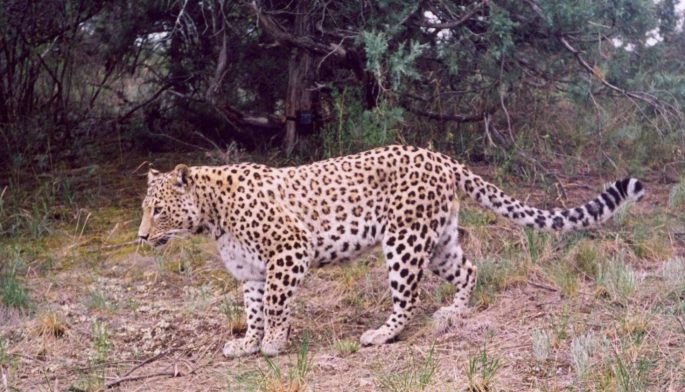
The reptile fauna of the region is rich as well: rock viper (macrovipera lebetina), legless lizard (pseudopus apodus), slow worm (anguis fragilis). There are 4 species of lizards typical for the area: meadow lizard (darevskia praticola), Caucasian lizard (darevskia caucasica), blind snake (typhlops vermicularis), Aesculapian snake (elaphe longissima), Transcaucasian Ratsnake (elaphe hohenackeri), dice snake (natrix tessellata), smooth snake (coronella austriaca). There are more than 100 bird species in area. Buzzard (buteo ), black, green woodpecker (dryocopus martius, picus viridis), scops owl (otus scops), common cuckoo (cuculus canorus), stepe buzzard (buteo vulpinus) are common species of forest area. Though Caucasian Blackgrouse (lyrurus mlokosiewiczi), whinchat (saxicola ruberta), kestrel falcon ( Falco tinnunculus) and Griffon Vulture (Gyps fulvus) are usual fauna samples of subalpine zones.
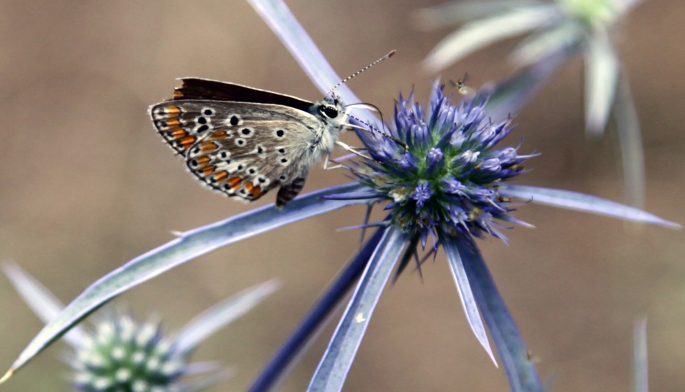

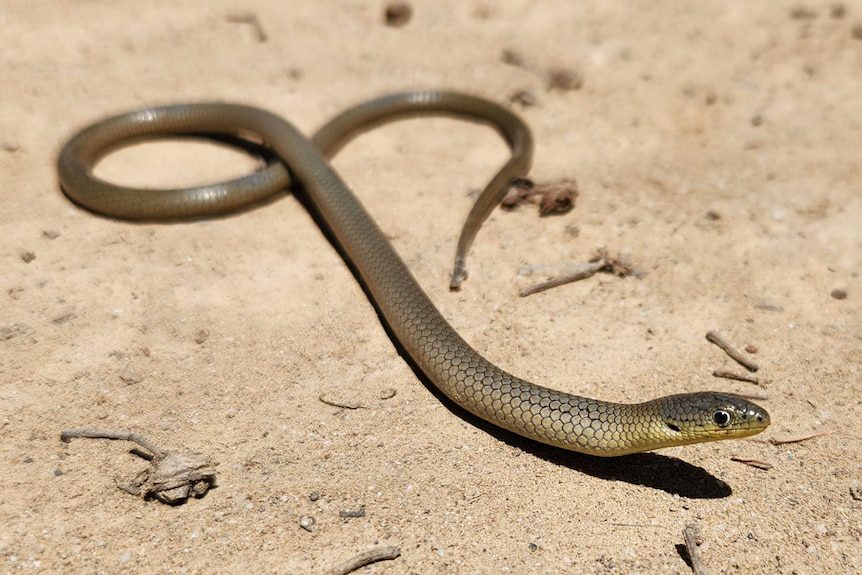
HISTORY: Strabo called the ancient Balakan “Land of Temples ” . Ancient settlements, pitcher graves, burial mounds and the necropolis (Mahamalar), the ancient city ruins (Katekh) found during archaeological excavations proved the area used to be an ancient settlement. Balakan was included to Caucasian Albania in the ancient period. Plutarch who participated in the battle between Roma and Albanian troops in 65 in the bank of Alazan river wrote: “the population of this place is quite by nature but proud, courageous and brave in the battle “. The toponyms arrived to present (Hetovlar, Hunbulchay, Ingiloys) shows that Hett, Hun, Gel, Leg, Lpin tribes had been living there.
POPULATION: The ethnic composition of Balakan region is diverse. The main population consists of Azerbaijanis and Avars. Totally representatives of 27 small nations and ethnic groups live in the area. These are: Ingiloys, Romans, Tsakhurs, Russians, Ukrainians, Lezgins, Georgians, Tatars and Meseti Turks.
ARCHAEOLOGICAL MONUMENTS: Pitcher graves and necropolis referring II -I centuries (B.C) near the village of Mahamalar and residences referring to middle ages (V- VIII centuries). Shahargah ruins about Middle ages in Malakan mountain near Katekh village. Great wall related to Sasanids period near Katekh village.
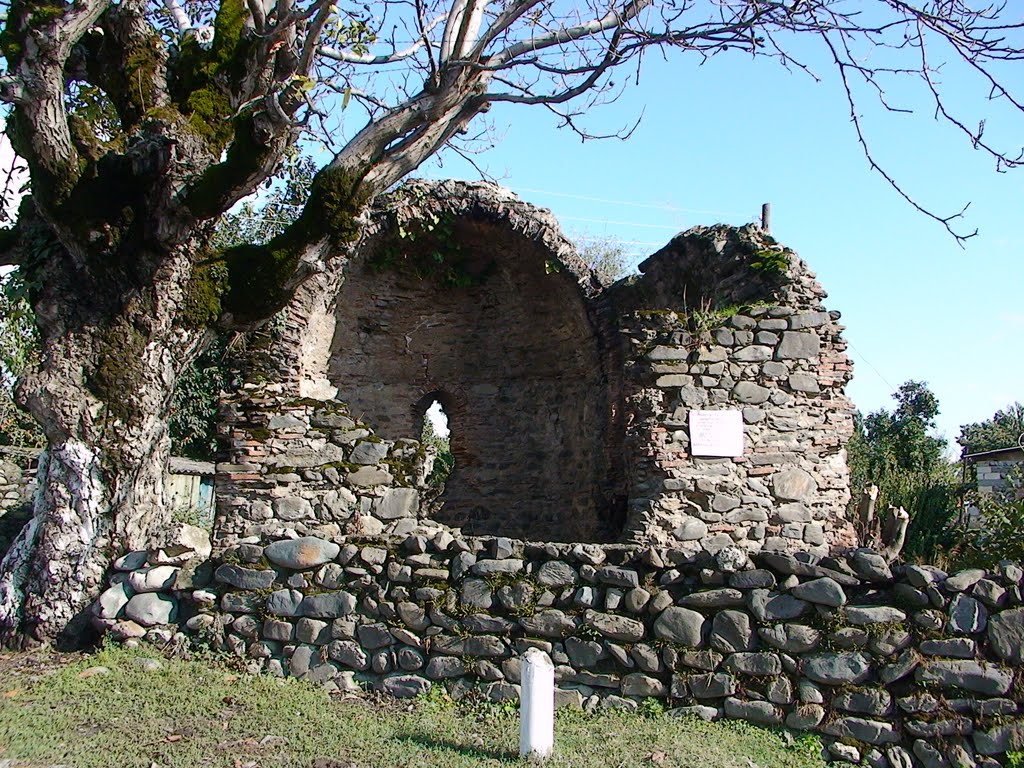
HISTORICAL AND CULTURAL MONUMENTS: Ancient cemetery referring to XI-XII centuries near the village of Salban, temples dated to XIII-XV centuries near Katekh village, Tulu village tomb (XIV century), ancient mosques (Katekh XVII century, Mahamalar XVIII century, Ititala 1905, Kortala 1910). Hanifa village temple (1780), temple about XVI century in Mazimgaray village, Gullar village temple (1780), Haji Murtuz Tower in Mahamalar village (XVIII century).
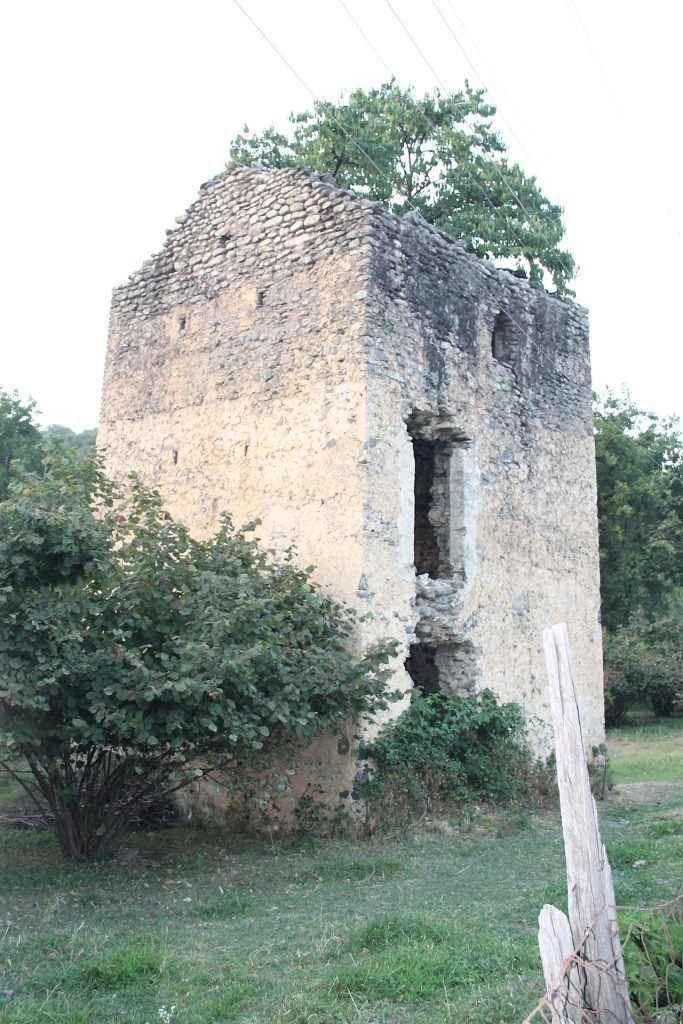
Darvazbina temple related to ancient period in the territory of Garachol-Darvazbina near Balakan city. The mosque with minaret built of baked brick in Balakan (1877). The mosque covers the area of 1025 m². The minaret have been built apart from the main building in Northern-West fasade and arabic inscriptions engraved in the line with prose elements in convex form about peace were found in four places.

NATURAL MONUMENTS: The most panoramic geological monument of the area is Katekh waterfall. The waterfall is situated in upper streams of Katekhchay in Zagatala State Reserve and is of 18-20 meters altitude. The area is rich with mineral waters: Baghman, Kubchar, Imam and Zepel springs. Beside separate trees, there are natural plane massifs near Gullar village. This area is rich with trees of introduction as well. Moreover, there are coniferous 40-45 year-old Criptomeria trees (Cryptomeria japonica) in the central street of Balakan. Criptomeria is the most long-lived tree of the world. Currently there are 7000 year-old Criptomeria trees in the world.
SOURCE:
AZERBAIJAN, ECOTOURISM POTENTIAL
QARIB MAMMADOV, ELMAN YUSIFOV, MAHMUD KHALILOV, VUQAR KERIMOV


